One of the core concepts in the One Piece Card Game, like most trading card games, is the color wheel. In One Piece, players can build decks from between six different color archetypes.
Each One Piece color has its own identity and inherent play style, with some focusing on reducing enemy power levels, others flooding the field with characters and powerful threats, and some relying on the power of life triggers (and a little luck) to swing the battle in their favor after taking damage.
The six colors in the Bandai game include Red, Green, Blue, Purple, Black, and Yellow. Set one, Romance Dawn, introduced the first four of the colors and these four colors also aligned with the first Starter Decks the game ever had. Black then debuted in set two, Paramount War, with Navy cards and Yellow rounded out the game’s color wheel one expansion later when it was released in Pillars of Strength.
Here’s what each of the colors excel at, what archetypes appear in the wheel slice, and which players will likely gravitate to each of the varying play styles.
Red
Red in One Piece, like in most modern card games that followed Magic: The Gathering, is focused around rushing things to get to the finish line as quick as possible. Many of the stronger competitive cards in Red boast the rapid-fire Rush mechanic, which lets them attack the turn they’re played.
On top of these character traits, Red also focuses on Power. Many of its cards, like Romance Dawn staple Otama, will reduce enemy power levels to then make them weaker in battle—or to be removed by follow-up effects.
Some of the main archetypes that appear in Red include the iconic Straw Hat Pirates, Whitebeard Pirates, Revolutionary Army, and FILM characters.
Green
In One Piece, Green cards have two key mechanics that pop up throughout the new expansions: Resting characters and ramping Don. The resting mechanic helps Green decks slow the game down and then ramping—which is adding more Don than is usually allowed every turn—means players can then play huge characters early to gain an advantage in lategame situations.
Historically, Green has struggled somewhat in One Piece’s metagame due to the fact that removal has been so dominant. While Green can answer these removals by resting things, it struggles to properly clear the board. Several Green Leaders, like Uta and Eustass “Captain” Kid, have still managed to succeed in the past though.
Archetypes that appear in Green include nearly all the printed Supernovas cards, the Donquixote Family, Fishmen, and Wano Country.
Blue
Blue is a very defensive color, with its main gameplay focused around controlling how everything plays out. This ranges from stun effects like Boa Hancock’s abilities in 5,000 Years in the Future to powerful bottom deck events like Gravity Blade Raging Tiger, which clears two enemy characters for seven Don.
There’s also a lot of focus on preparation; many cards in Blue let players look into the higher cards in their deck and order them however they want, while others impact hand size and can even make enemies reshuffle their hand into their deck for new cards.
Archetypes that appear in Blue include the Seven Warlords of the Sea, Impel Down, Baroque Works, and many Navy characters. There’s also a new subset of Whitebeard Pirates cards coming in when Two Legends releases.
Purple
Purple takes Green’s Don ramping to the next level, spending resources (usually life) to build huge Don piles as quickly as possible. Some of the best Purple decks can even play seven or even nine cost characters as soon as turn two.
Not everything is building Don for yourself though; some Purple cards also reduce how much enemy players can use every turn or squeeze Don back into their Don piles. This can slow them down while you’re building up your strong characters, tipping the scales heavily. This leans Purple into midrange most of the time, though sometimes it can shine in a control-themed style too.
Archetypes that appear in Purple include the Animal Kingdom Pirates, the Heart Pirates, the Kid Pirates, the Foxy Pirates, all Water 7 workers, and several more crossover Straw Hat characters from various arcs.
Black
If Blue was a tempo control color, then Black is the outright removal color in the One Piece Card Game. This color, which wasn’t added until set two, is based around deleting every threat that appears on the other side of the table.
This trashing gameplay is fuelled by cost reduction; Black cards usually lower the cost of character cards the enemy has played then follows up those reductions by playing cards that trash low-cost units and cards.
Competitively, Black continues to be one of the very strongest picks. The best deck in the format right now is arguably Rob Lucci, a Navy Leader themed around trashing everything your enemy plays. Smoker also shone bright in Paramount War and Gecko Moria from Awaking of the New Era has stayed vaiable.
Archetypes that appear in Black include the Navy and most CP classes, mainly CP9 from the Enies Lobby arc and CP0, who just appeared in the Egghead arc.
Yellow
One Piece’s newest color, Yellow, often gets a bad wrap for being the life-focused color on the gameplay wheel. Many of its cards have Trigger effects, with these powerful effects activating after a player takes damage.
Because of this life focus, things can swing rapidly in any game with a Yellow Leader. The “roulette” style sometimes feels bad for opponents, but when you land a perfect Capone “Gang” Bege—who stops attacks off his Trigger—or even a You’re The One Who Should Disappear!! (which returns a life) you’ll feel like you’ve won the lottery. Alongside these triggers, Yellow also has a lot of heal cards.
Packaged with the healing, Yellow also works well as a KO theme, though it lacks the reduction skills that Red (aimed at power) or Black (cost) has.
Archetypes that appear in Yellow include Egghead, Big Mom Pirates, and Wano.


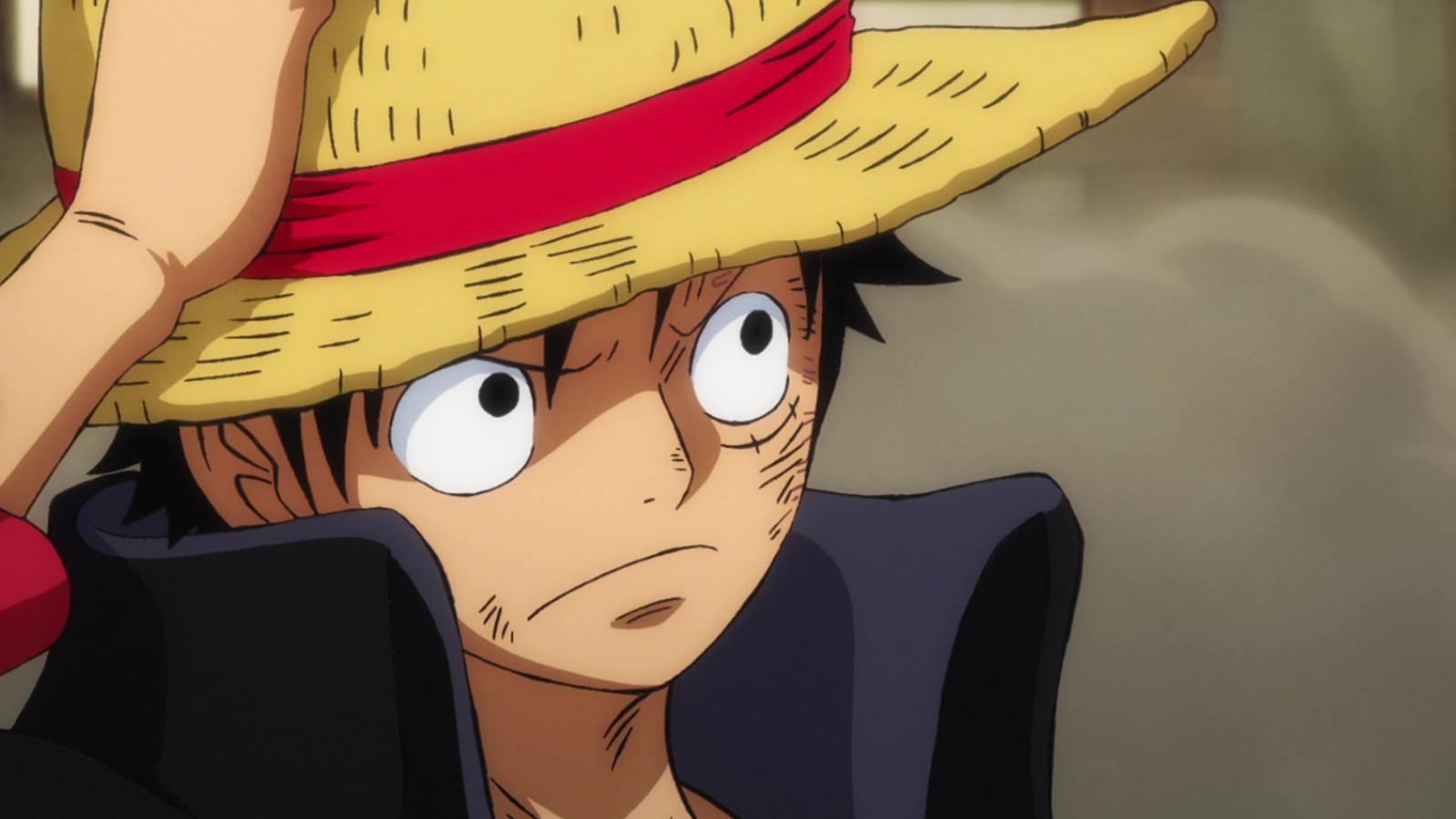
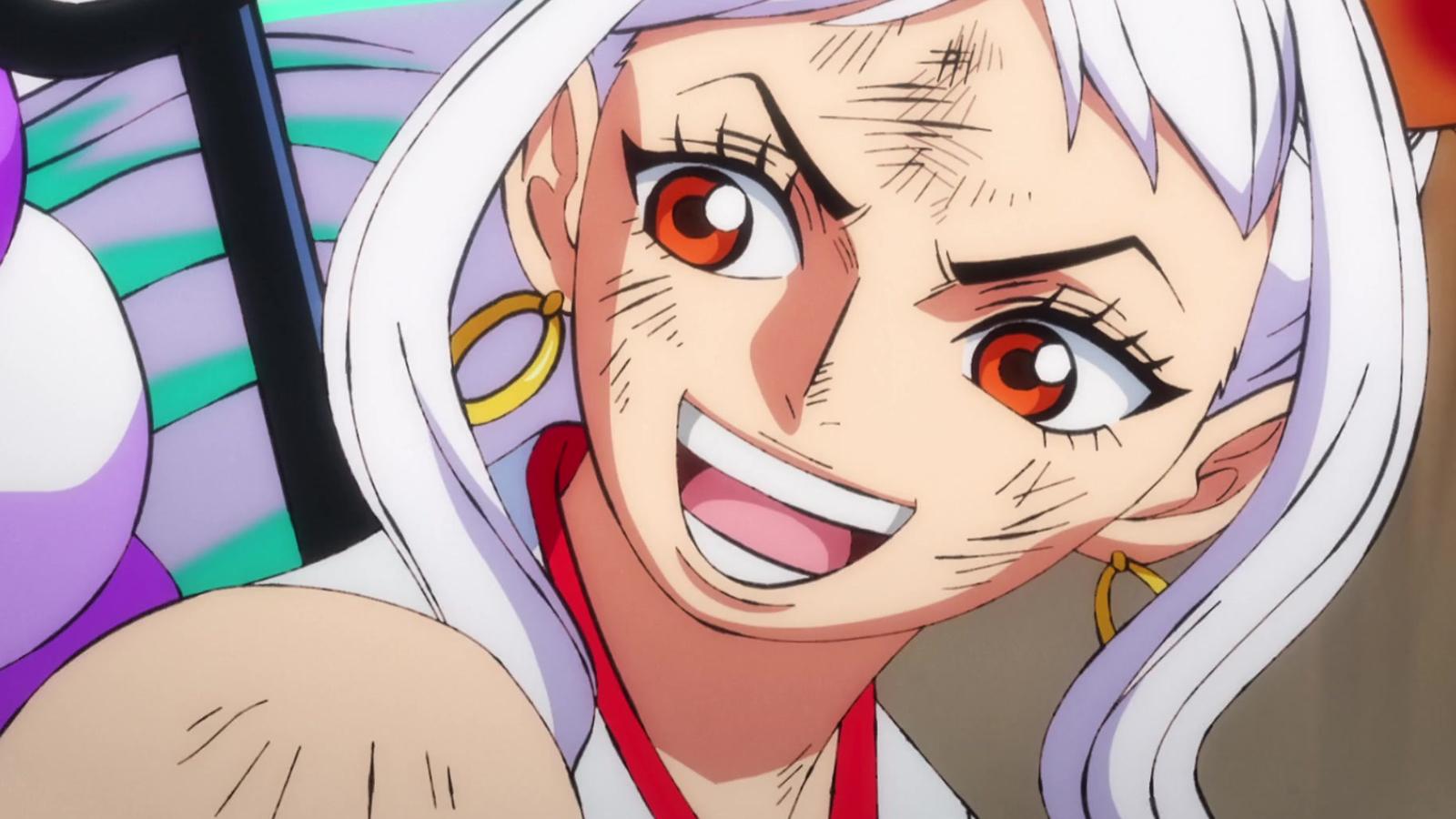
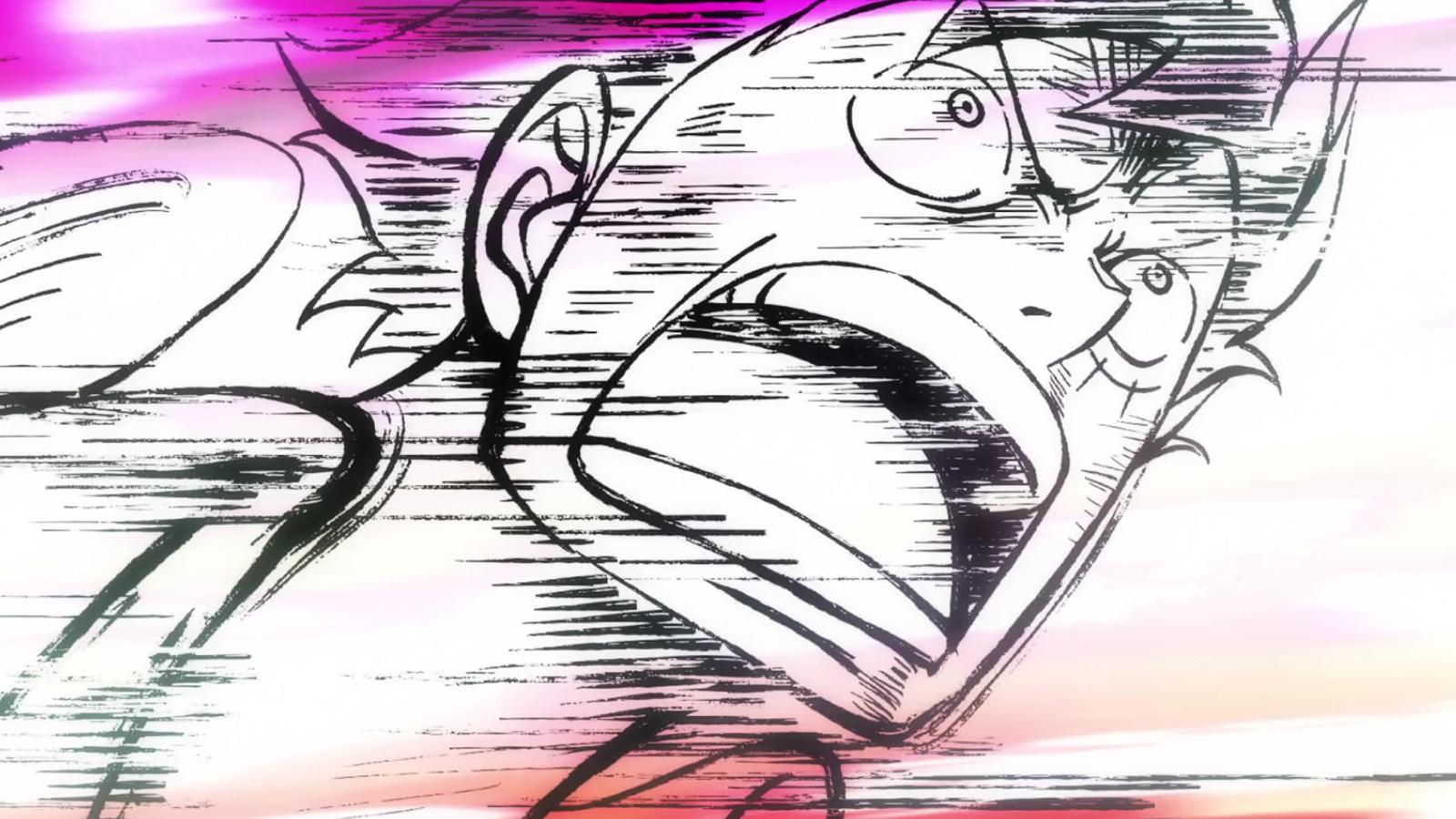
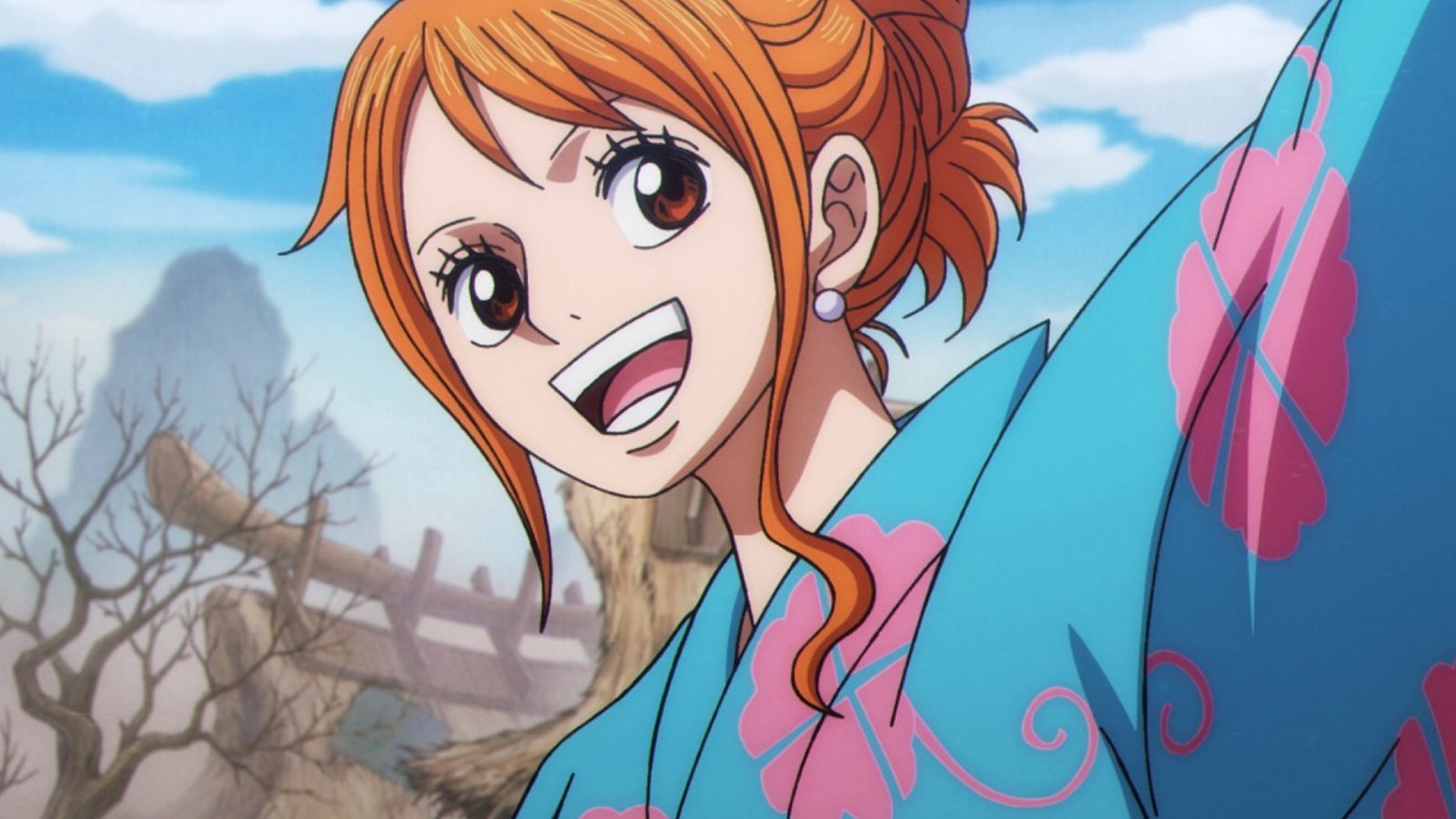
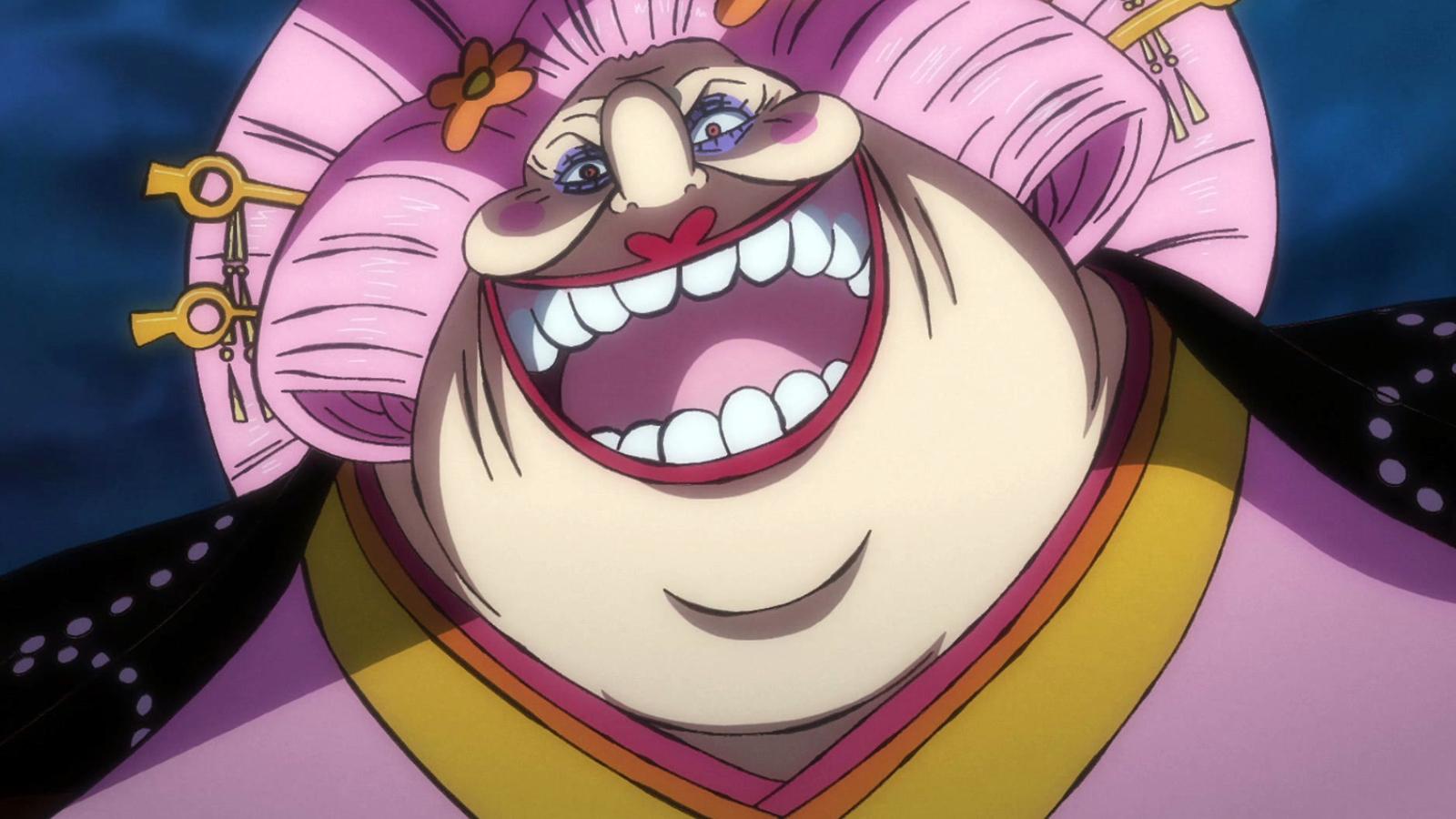
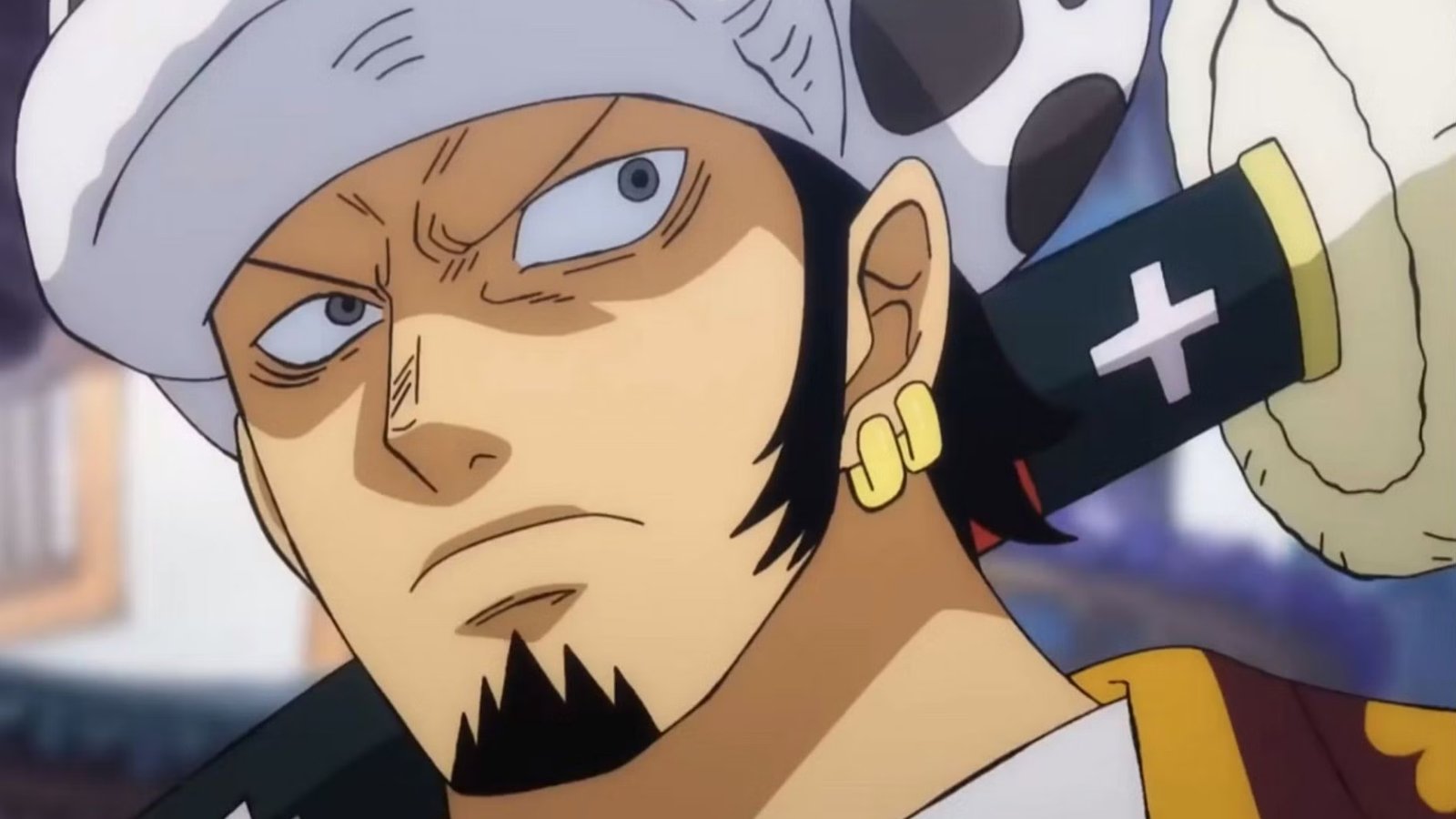
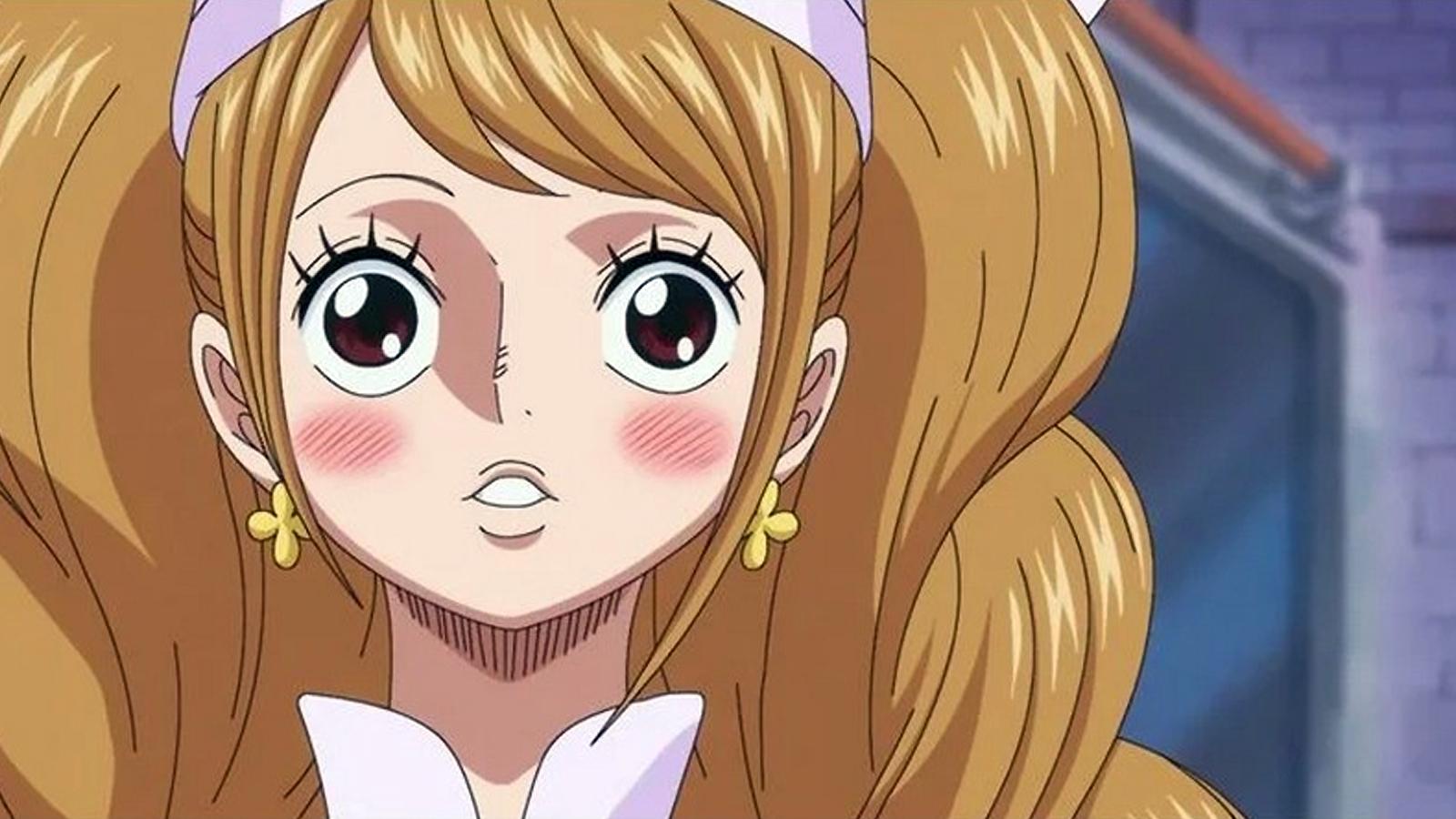
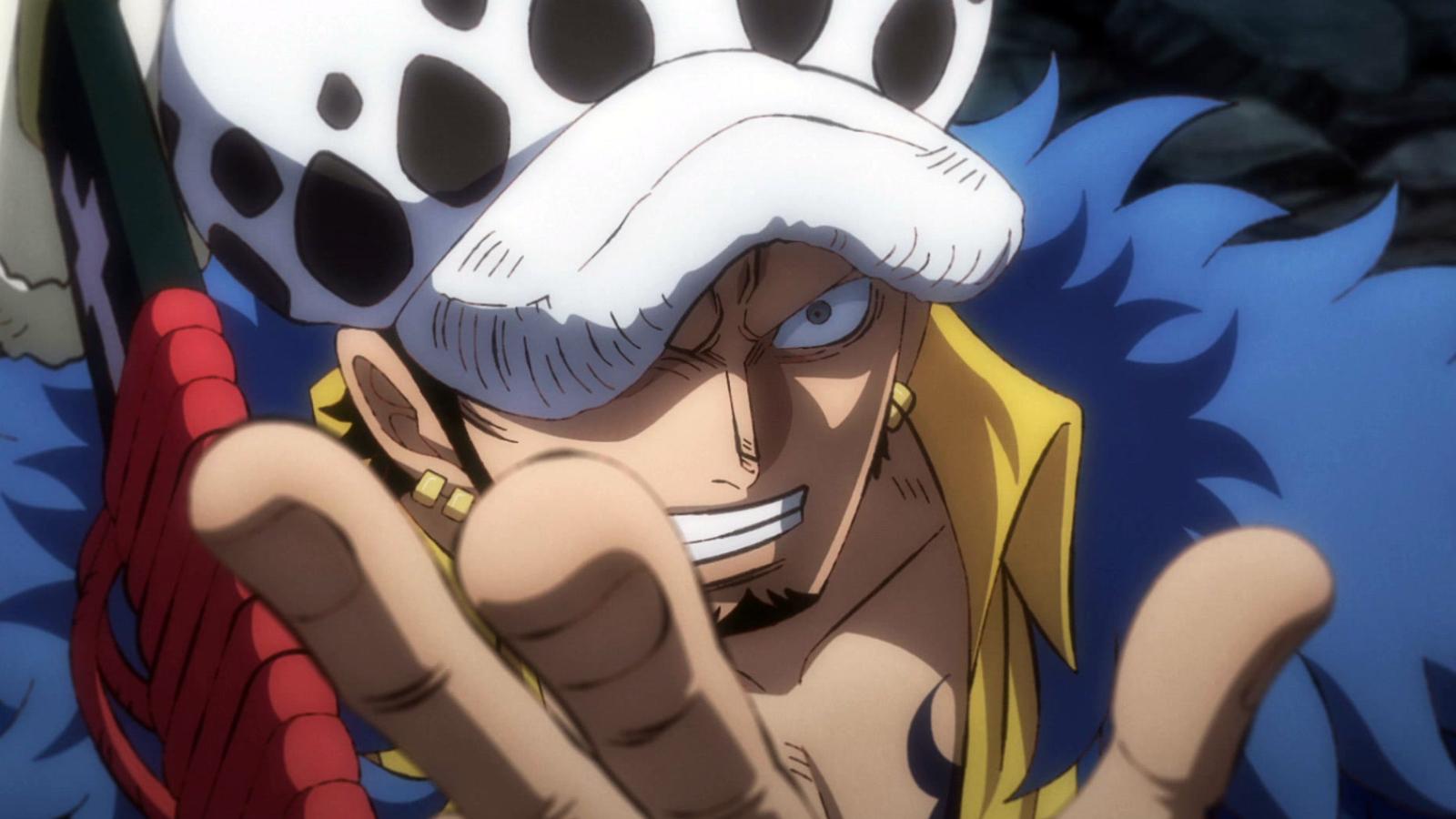
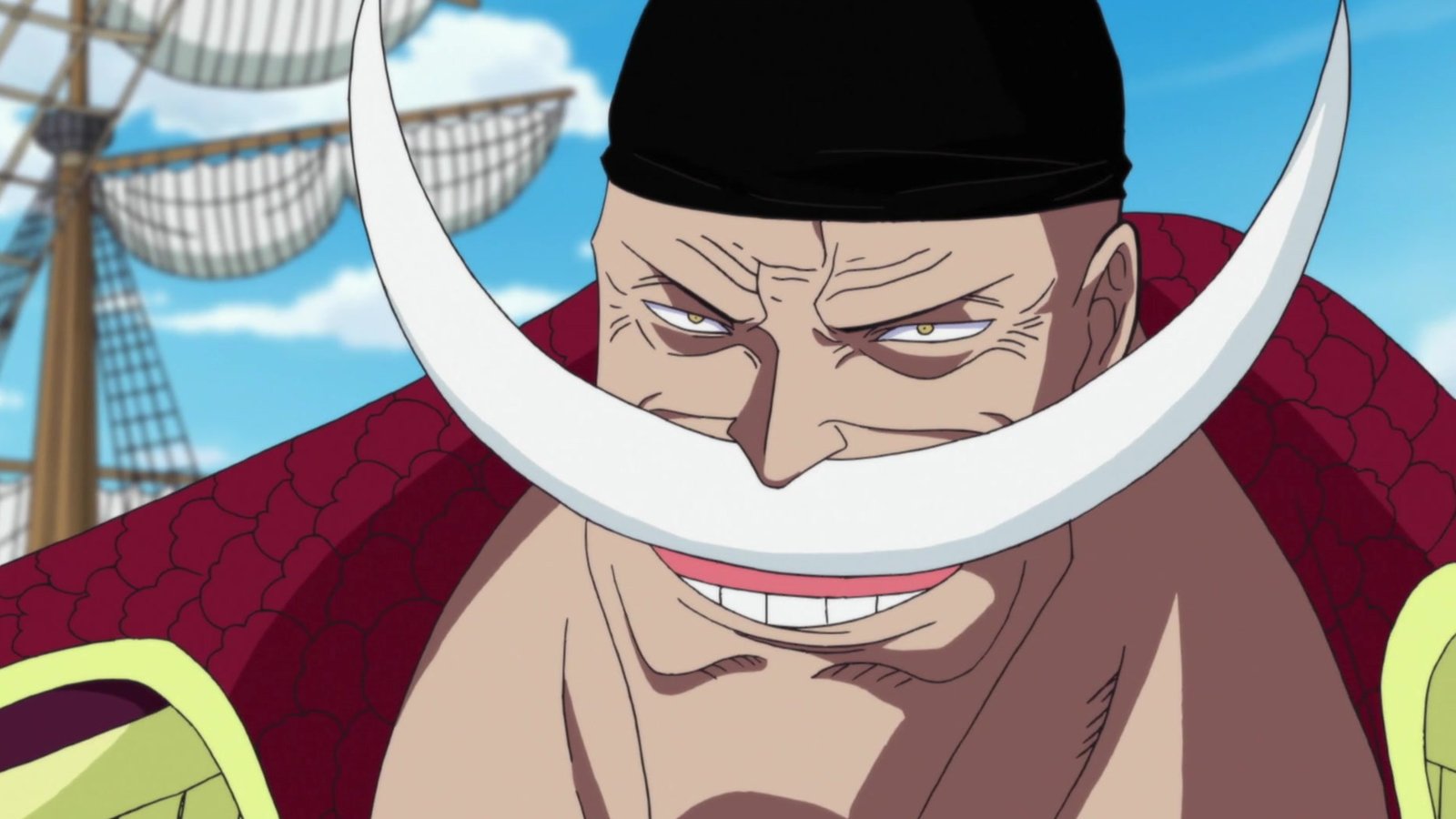
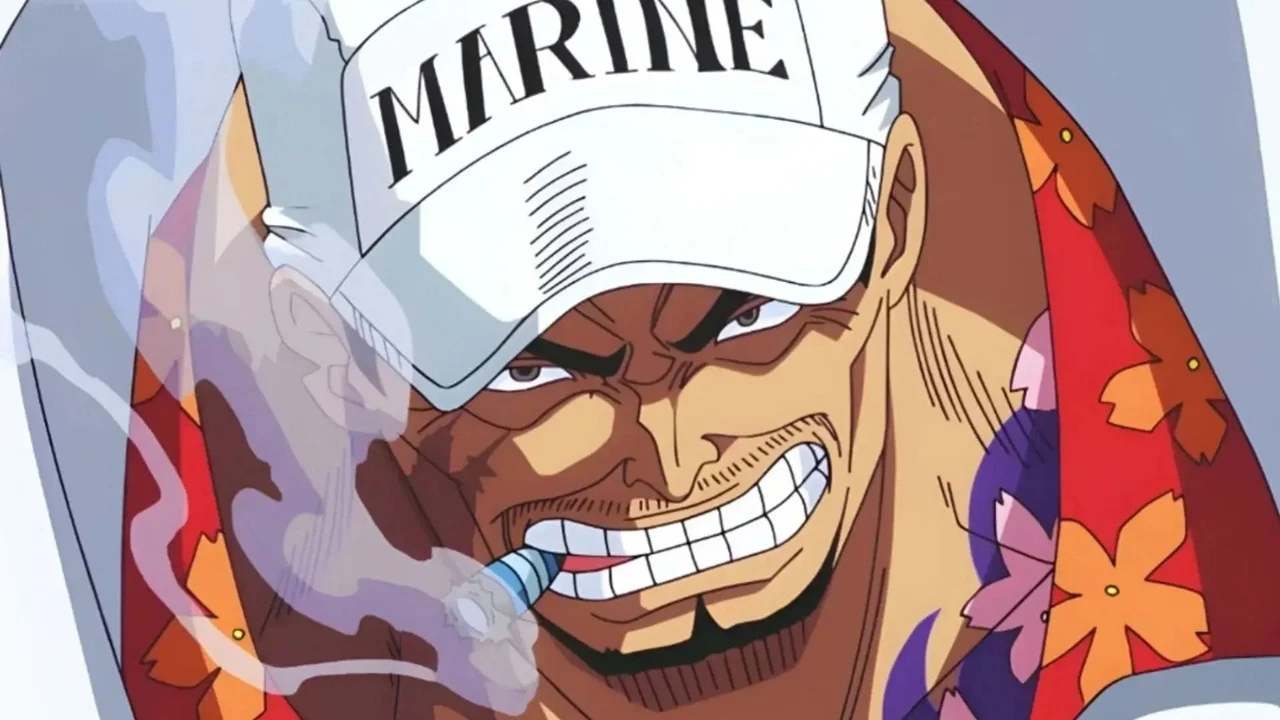
Published: Sep 2, 2024 12:04 am